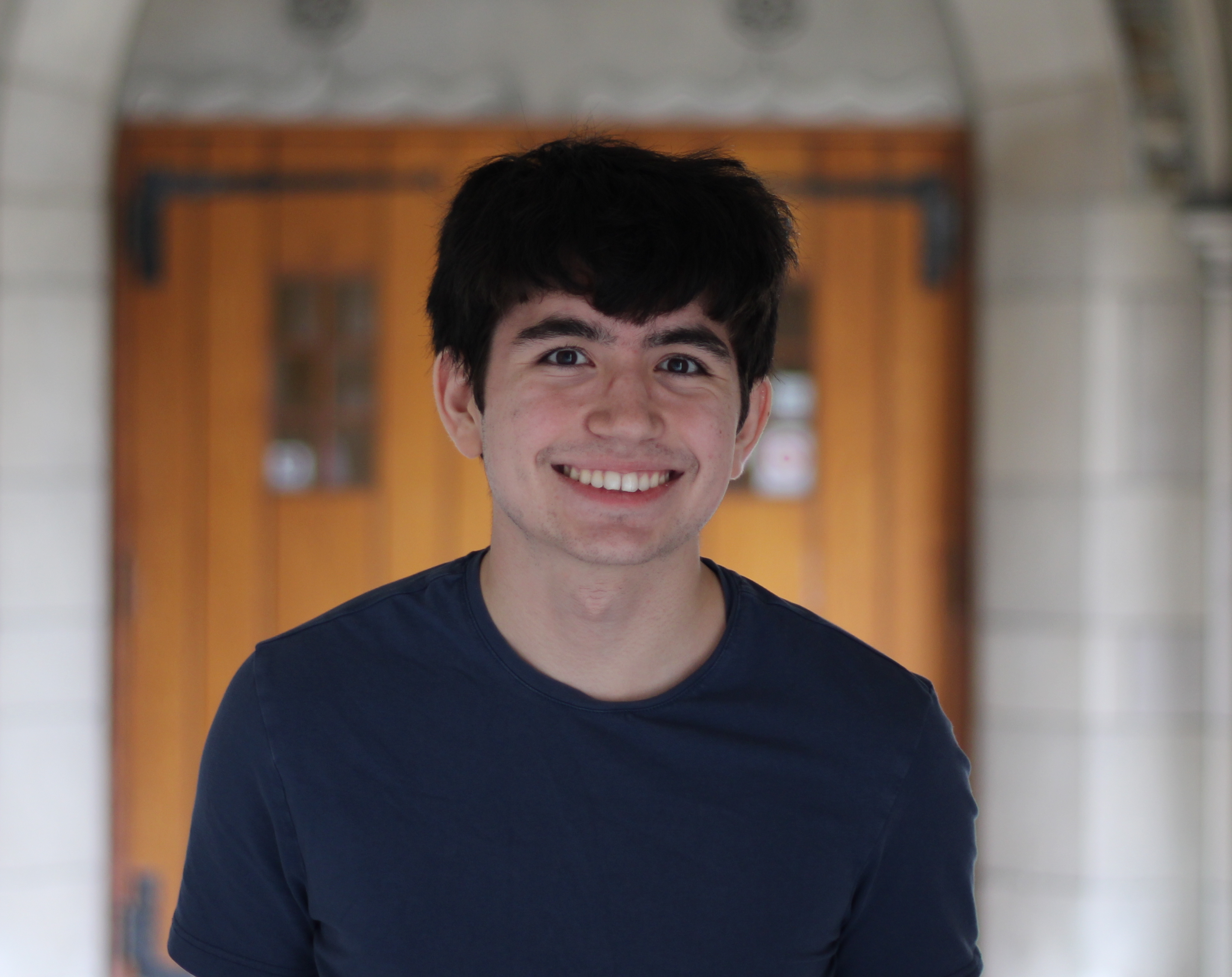Lab 11
In this lab, I merged the simulation code from lab 10 with input from the robot to do localization using the Bayes Filter
Getting observation data
To get observation data from the robot, the data had to come in 20 degree increments. Since I was doing angular speed control, the way to get these 20 degree measurements was to estimate the change in angle based off the time between measurements and the angular speed measurements themselves. Once my estimated change in angle was more thant 20 degrees, I would take a distance measurement. Here is the code that does this.
while (cnt_d < 18)
{
int time = (int)millis();
if (myICM.dataReady())
{
setAGMT(&myICM);
sum += (z_g * ((int)millis() - samp_time)) / 1000.0 * 3.14159;
if (sum > 20)
{
Serial.println(cnt_d);
sum -= 20;
timeDBuff[cnt_d] = time - currTime;
getDistance(&vl53_1, &(dist1Buff[cnt_d]));
// getDistance(&vl53_2, &(dist2Buff[cnt_d]));
cnt_d++;
}
doPID_IMU(z_g, (int16_t)fun_arg, motorBuff, motorBuff, cnt_i);
samp_time = (int)millis();
}
}
Localization
get_pose
Since we were testing our poses in known parts of the room, the result of get_pose was simply the point ((5,3),(0,3)…) converted to meters
perform_observation_loop
Since I used a notification handler, I needed to use asynchronous io in my method. To do this, I followed the lab handout resulting in this code.
import asyncio
data = get_data()
self.ble.send_command(CMD.GET_OBS, "|4000|" + str(90))
await asyncio.sleep(11)
n,p = (np.array(data["dist1"])[np.newaxis].T/1000 ),np.array([])
print("n:",n,"p:",p)
return n,p
As seen, my sensor data collection command is called GET_OBS with a collection duration and angular speed specification. I then convert this to the correct numpy array as well as to meters.
Results
From running my localization in each spot, I got these results,
(5,3)
.png)
(0,3)
.png)
(5,-3)
.png)
(-3,-2)
.png)
From these results, (-3,-2) lined up perfectly with the known position. This is because (-3,-2) has the most walls and the most unique layout out of the 4 locations, thus there were plenty of unique distance values to pinpoint a location. On the other hand the rest of the points were off by about a foot or two. This is because there are not as many walls or the walls were too far away to tell where exactly the robot was. This can be seen strongly in (0,3) and (-5,-3) as their wall layout is very similar so results like this would be seen where the robot thought it was in the similarly layed out location.
bad.png)
Hopefully if this inconsistency is rare, then my localization method should be close enough to have the robot map through the arena in lab 12.
